Skills-Based Talent Practices – So What?

There are at least three reasons why your company should want to use skills-based talent practices:
- Find the Right People
For many years, a best practice for sourcing new hires was posting a job description that typically called for specific qualifications such as prior experience or a degree. Skills were mentioned only in the context of a job role and rarely assessed formally during the hiring or onboarding process. Managers expected company training to fill any gaps. Over time, the definition of work has changed to incorporate new thinking and technologies. Companies have continuously adapted their structures and redefined job positions to include an increasingly varied technical and interpersonal skill set. Taking a skills-based approach to hiring lets you re-think your current requirements, sourcing strategies, candidate assessment and hiring protocols, and post-hire support and development. In the context of developing organizational culture, this opportunity could be transformational.
- Increase Employee Retention and Development
In an environment defined by positions and ladders, employees and their managers see themselves filling only a single role. Rarely will they venture outside of their responsibilities, staying within their group and avoiding cross-function interactions. Company structures tend to reinforce this tendency, which in extreme cases, creates silos that hamper problem-solving and can turn company culture toxic. Employees perceive only adjacent growth opportunities and may feel penalized for using company time to explore and develop skills for other functions. Leaders don’t understand employee capabilities and cannot select the best personnel to address challenges or launch new initiatives successfully. Politics contributes more to interpersonal dynamics since competing for your manager’s attention and approval is more likely to result in upward mobility. Developing knowledge, skills, and abilities is secondary to playing the game of work, and we see companies mandating training instead of leaders working with individuals on meaningful career development plans. Frustrated or stymied employees in these environments leave because the system can’t accommodate novel thinking. A skills-based approach provides leaders with a system for tracking and evaluating skills, a framework to apply those skills in different functions, and a concrete way to engage their teams in career development conversations. More career development and advancement opportunities will occur, especially for persons with practical experience instead of a postsecondary degree. Internal candidates will compete more successfully, and leaders will be able to develop better succession plans. People will spend more time on personal and professional development than politics, and the company culture will be increasingly collaborative. All this will lead to a reduction in turnover and the fiscal of talent.
- Expand Your Accessible Talent Pool
Did you know that U.S. Census data shows degree requirements exclude 60% of all workers? If increasing workforce diversity is a company goal, you should also know that degree requirements exclude 76% of Black workers and 83% of Hispanic workers. [1] Persons who have made life choices to leave the paid workforce temporarily aren’t as competitive in traditional hiring frameworks, even though their skills and adaptability may rank higher than candidates with more linear resumes. The resume alone may contain subtle cues that create hiring barriers for some. The opportunity cost of these restrictions is enormous. Studies have shown that companies with more significant gender, racial, and ethnic diversity have improved financial returns [3]. Companies with more diverse leadership teams report higher innovation revenue [4]. A Deloitte study found that 74% of millennials “believe their organization is more innovative when it has a culture of inclusion,” and 47% consider diversity and inclusion an essential criterion in their job search. [5] Women remain significantly underrepresented in corporate pipelines despite their measurable strengths in politics and business.

Why Do We Need this Skills-Based Guide?
JFF works with employers, educators, policymakers, philanthropists, thought leaders, and changemakers to achieve a goal they call their North Star: In 10 years, 75 million people facing systemic barriers to advancement will work in quality jobs. [2] Their website is a jackpot of workplace information and best practices for equitable economic progress. This Journey Map attracted my attention because it speaks to a universal problem – traditional employment practices focusing on a person’s achievements (degrees, job titles, years of experience) rather than their assessable knowledge, skills, and abilities. These practices hamper employee growth, decrease business unit flexibility, and create barriers to recruiting a diverse workforce. Employers and HR leaders can use this guide to start and advance a discussion on skills-based talent practices.

How Do We Use the Journey Map?
There are two parts to the resource. The first is a maturity assessment intended for HR leaders to survey the views of business leaders responsible for talent acquisition and development and the company’s diversity, equity, and inclusion functions. It also shares the language of skills-based practices for establishing job requirements, sourcing and assessing candidates, hiring systems and post-hire support, professional development and career advancement, and organizational culture. The scoring rubric provides a set of recommended next steps for each level of maturity, and there are appendices to guide how to administer the assessment and interpret the maturity criteria.
The second part assesses organizational readiness to take the following steps. The authors point out that maturity level is independent of change readiness and depends on vision, executive buy-in, dedicated capacity, and a clear implementation strategy. Think of it this way – you wouldn’t significantly change your company’s IT systems without a vision, strategy, plan, and dedicated team, so why would you change your foundational talent systems with anything less? Like the maturity assessment, the readiness tool describes three levels for each success criterion. It does not provide a scoring rubric; the descriptions should drive intentional discussions and build toward increasing capacity for change.

With Change Comes Work and Risk
Making the shift to a skills-based framework will take time and resources. New systems, policies, and culture change will be needed. Furthermore, implementing skills-based practices won’t fix everything. Bias in hiring and advancement will still exist without training and systems to objectively measure skills. You must craft innovative partnerships with conventional postsecondary educational institutions and credential providers. Continued investment in initiatives to ensure equity, job quality, and economic advancement outcomes is necessary for a holistic talent acquisition/retention/development environment.
Embracing skills-based talent practices is not just a trend; it’s a strategic imperative for businesses aiming to thrive in the evolving workplace. The guide provided by Jobs for the Future (JFF.org), “Skills Based Practices: An Employer Journey Map,” is a valuable tool for leaders seeking to redefine their approach to recruitment, hiring, and employee development. Companies can unlock many benefits by prioritizing skills over traditional markers like degrees and job titles. These include finding the right people for the job, fostering increased employee retention and development, and contributing to diversity and inclusion goals. The guide, featuring a comprehensive maturity assessment and readiness tool, empowers HR leaders to navigate this transformative journey systematically. As we navigate the ever-changing work landscape, embracing skills-based practices is not merely a paradigm shift but a commitment to fostering a more inclusive, innovative, and resilient workplace. It’s a journey worth undertaking for the betterment of both individuals and the organizations they serve.
If my article has inspired you to start a skills-based talent practices revolution at your company, don’t stop at this Journey Map. Check out the other resources and programs at Jobs for the Future. You and your company will be glad you did!

References
[1] Ward, C. et.al., “Skills-Based Practices: An Employer Journey Map.” JFF.org, October 2023. Accessed November 6, 2023. https://www.jff.org/idea/skills-based-practices-a-journey-map-for-employers/
[2] https://horizons.jff.org/about, accessed November 6, 2023.
[3] See Dame Vivian Hunt, Dennis Layton, and Sara Prince, “Why Diversity Matters.” McKinsey & Company, January 1, 2015. Accessed November 17, 2023. https://www.mckinsey.com/capabilities/people-and-organizational-performance/our-insights/why-diversity-matters
[4] Vijay Eswaran, “The Business Case for Diversity in the Workplace is Now Overwhelming.” World Economic Forum, April 29, 2019. Accessed November 17, 2023. https://www.weforum.org/agenda/2019/04/business-case-for-diversity-in-the-workplace/
[5] Ibid.
[6] Ibid.
Note: I used ChatGPT 3.5 (openai.com) to research the opportunity cost statistics and to tighten up my text for this article.
